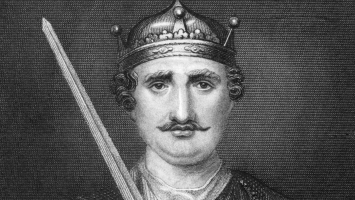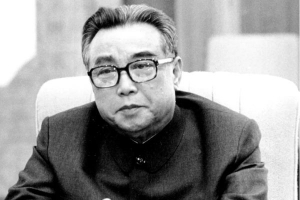Top 12 Interesting Facts About Diocletian
One of the worst Roman emperors was Diocletian, who established the Tetrarchy. From 284 until 305 AD, he oversaw the Roman Empire. In his early years as an ... read more...Emperor, he started as a benevolent ruler, but later he started to exhibit the other side. In addition to torturing the Christians, other inhabitants were also made to practice paganism. His sour attitude in his final years obscured the numerous excellent actions he had performed. Numerous intriguing details about Diocletian may be discovered in various stories. The top ten interesting facts about Diocletian are included below along with a few specifics.
-
One of the Roman emperors who was not a member of an imperial family was Diocletian, which is one of the amazing interesting facts about Diocletian. Gaius Aurelius Valerius Diocletianus is recorded as Diocletian's full name in official inscriptions. In the Roman province of Dalmatia, he was born on December 22, 244 AD. Gaius Aurelius Valerius Diocletianus is recorded as Diocletian's full name in official inscriptions.
Legends, hyperbole, questionable documentation, and the animosity of his enemies have all disguised Diocletian's life story. His ancestry is not well known. His father worked as a scribe or was a senator by the name of Anullinus who had freed his slaves. Additionally, he is known as Diocles and came from a Dalmatian family of poor social standing. It took him over 40 years of his life to finally succeed in becoming the Emperor. Furthermore, it would be quite unlikely for anybody not born into the Imperial dynasty to become an Emperor. After taking on the name Diocletianus, Diocles made history by coming to power via force of arms, just like so many other emperors before him.
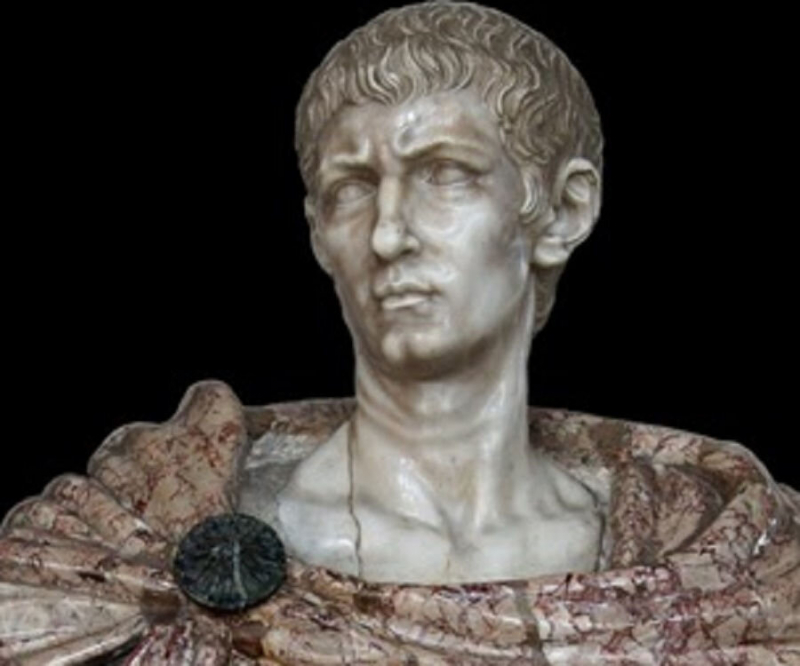
westernciv.com 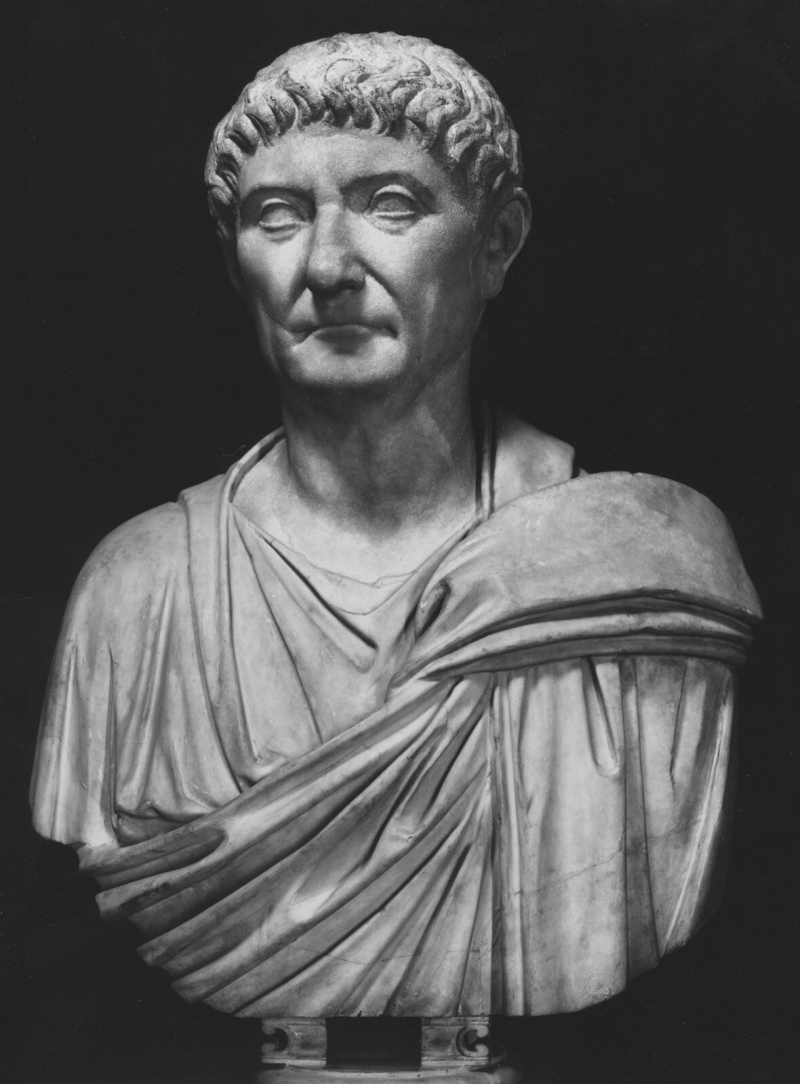
westernciv.com -
The Illyrian army's elite corps included Diocletian, who did not become well-known until 283 AD. After being named the domestic Protectores' leader, he started to become well-known. It was a highly trained cavalry troop that belonged to the Imperial family. In the "protectors domestics," the imperial bodyguard, Diocletian participated. He held this role under Carus' son and successor, Numerian, and took part in the unexplained death of Emperor Carus in the Persian expedition.
The sons of Carus, Carinus, and Numerian shared the role of emperor. In the West, Carinus ruled, and Numerian conquered the East. But Numerian inexplicably passed away inside the bus he was riding on. When he got back from the Roman Empire's eastern frontier, he was dead. When Aper, the commander, learned of Numerian's passing, he informed the troops. The legion, a division of the army, afterward proclaimed Diocletian emperor of the East. Later, in 284 AD, Diocletian approved it. He wasn't yet emperor of the entire Roman Empire, though.
In the Roman Empire, Carinus was a weak and unpopular emperor. He also abused the Senate while seducing the spouses of his subordinates. Carinus was also assassinated by his troops when the Battle of the Margus started. This occurrence gave Diocletian complete power over the Roman Empire. Diocletian became emperor in his forties, that is the interesting facts about Diocletian make surprised everyone.
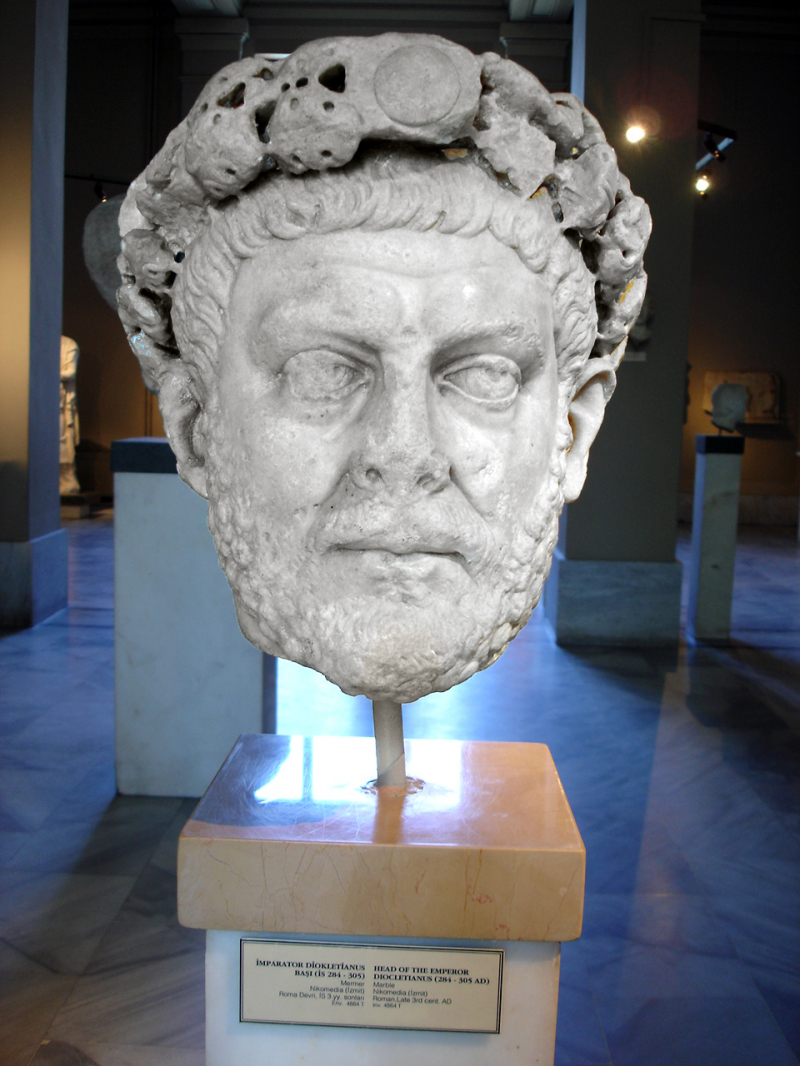
www.thefamouspeople.com 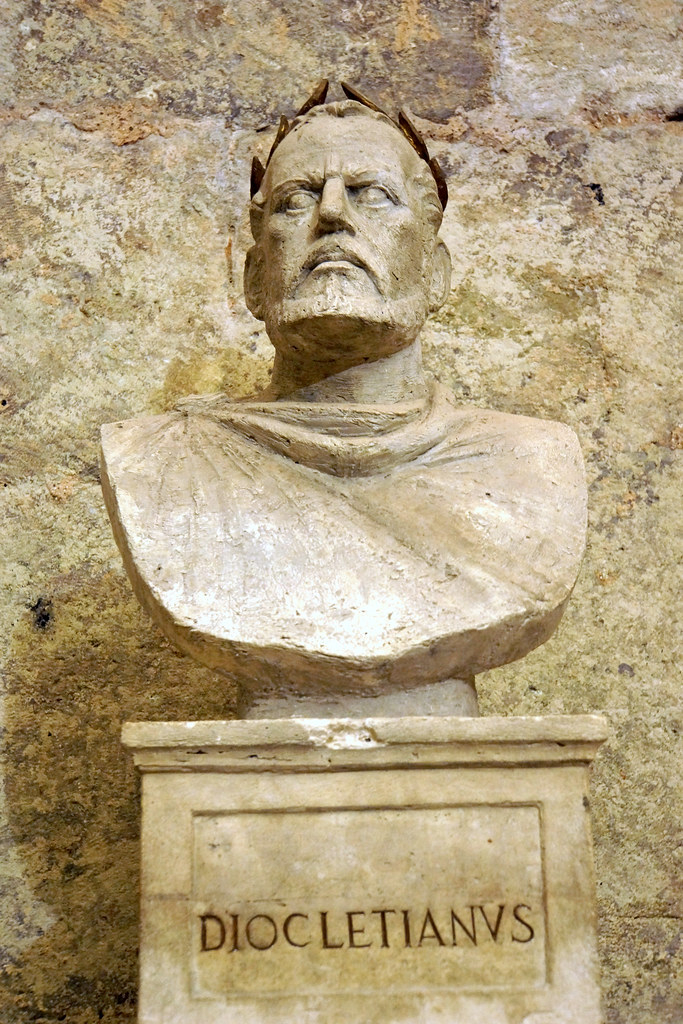
en.wikipedia.org -
Diocletian was well aware that the Empire's enormous size posed a challenge to his rule. He saw that the Empire could not be ruled by a single ruler. Diocletian divided the Roman Empire into two halves, East and West, and he started looking for a co-emperor to lead the other half.
The general Maximian Diocletian's son-in-law was named co-emperor in the first stage of Diocletian's political reorganization, which is also known as the "diarchy" or "rule of two"—first as Caesar (the junior emperor) in 285 and subsequently Augustus in 286. This restructuring reduced the amount of administrative labor needed to run an empire the size of Rome's by allowing Diocletian to handle affairs in the eastern parts of the empire while Maximian handled comparable things in the western parts. Marcus Aurelius Valerius was given to him in his honor. Maximian was able to handle all the challenges and problems of the Western Roman Empire, therefore Diocletian was pleased with his choice to appoint him. With Maximian's approval, Diocletian increased the imperial college in 293 by choosing two Caesars (one in charge of each Augustus), Galerius and Constantius Chlorus, arguing that both civic and military issues need more attention.
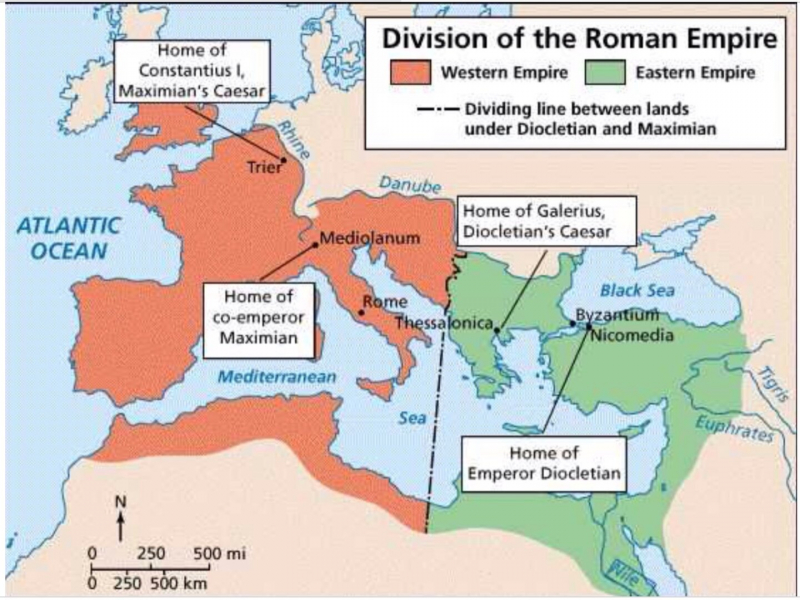
www.sutori.com 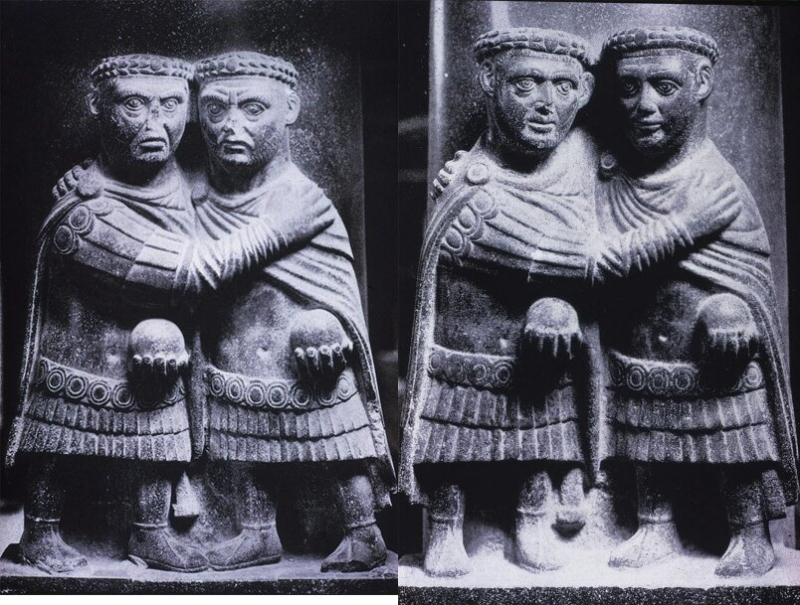
Diocletian and Maximian -- www.chegg.com -
To put a stop to the third-century turmoil, Diocletian established the tetrarchy. Each emperor would preside over a fourth of the empire under this "tetrarchy," or "rule of four." Then, Diocletian and Maximian began looking for two Caesars, one for the East and the other for the West. They need two Caesars, one for each emperor. Constantius, his praetorian commander, was chosen by Maximian to be his Caesar. Galerius was chosen by Diocletian to be his Caesar at the same time. Both of the recently chosen Caesars were well-known for having served as commanders and under former Emperors.
The four tetrarchs established their bases outside of Rome, in towns closer to the boundaries, primarily as bases of operations for the defense of the empire against invading enemies. Rome no longer served as the Roman Empire's practical capital, but it remained its titular capital and was nevertheless governed by its own, distinctive Prefect of the City (Praefectus Urbis). The four tetrarchs did not precisely divide the Roman state into four separate sub-empires at this time, and there was no clear separation of regional authority between them. Within the Roman Empire, each emperor had a sphere of power, although this influence largely affected the battlefront. While leaving much of the administration to the hierarchical bureaucracy led by his Praetorian Prefect, the tetrarch frequently spent time in the field. An important position in the Roman Empire was known as the Praetorian Prefect. Originally the commander of the Praetorian Guard, the position rapidly expanded to include substantial legal and administrative duties, with its holders serving as the emperor's top advisors.
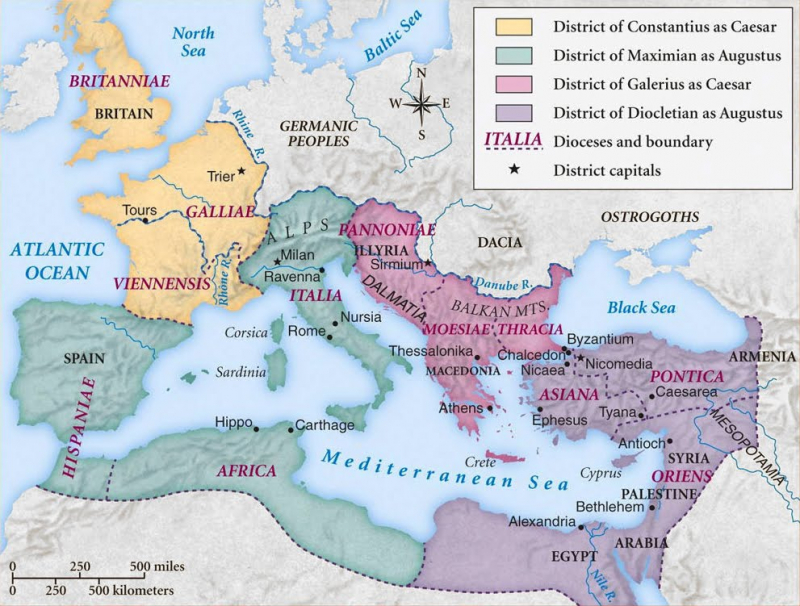
www.sutori.com 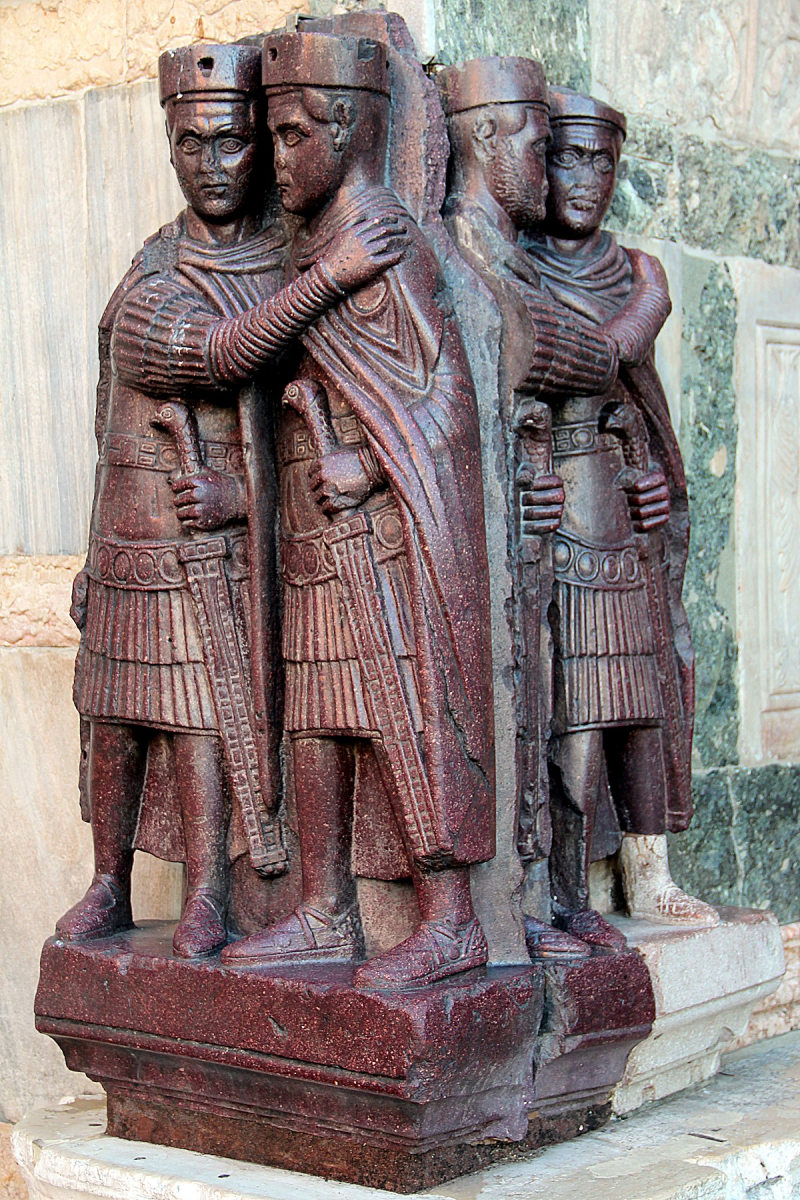
The Roman Tetrarchy -- www.thoughtco.com -
Through the bureaucratic government, Diocletian oversaw the tetrarchy that persisted longer. He increased the civic and military capabilities of the Empire. He accomplished this by establishing regional divisions and extensively reorganizing administrative centers. In the Empire's history, it was the administration that was the most bureaucratic.
To create the largest and most bureaucratic administration in the empire's history, he divided and expanded the civil and military agencies as well as the provincial divisions. Instead of having the conventional capital in Rome, he erected new administrative headquarters in Nicomedia, Mediolanum, Antioch, and Trier. He fashioned himself as an autocrat, raising himself above the common people of the empire with imposing forms of court ceremonial and architecture, building on movements toward absolutism from the third century. The state's expenses soared due to the expansion of the bureaucracy and military, ongoing elections, and construction projects, necessitating a thorough tax overhaul. Imperial taxation was standardized, made fairer, and typically imposed at higher rates starting at least in 297.
One of the interesting facts about Diocletian is he was able to steer the Empire's affairs thanks to this bureaucratic government. During Diocletian's rule, the bureaucratic administration maintained its success. But as soon as Maxentius and Constantine assumed authority, it fell. They were each the sons of Constantius and Maximian.
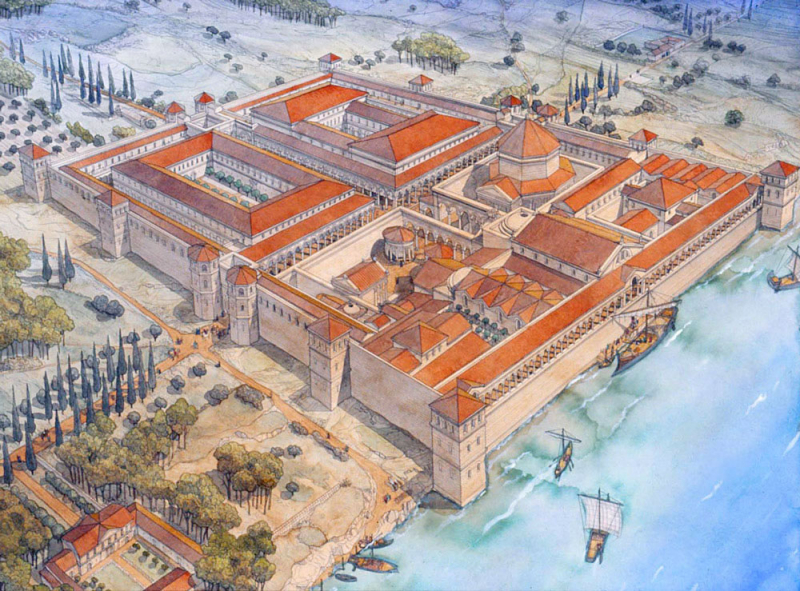
jeanclaudegolvin.com 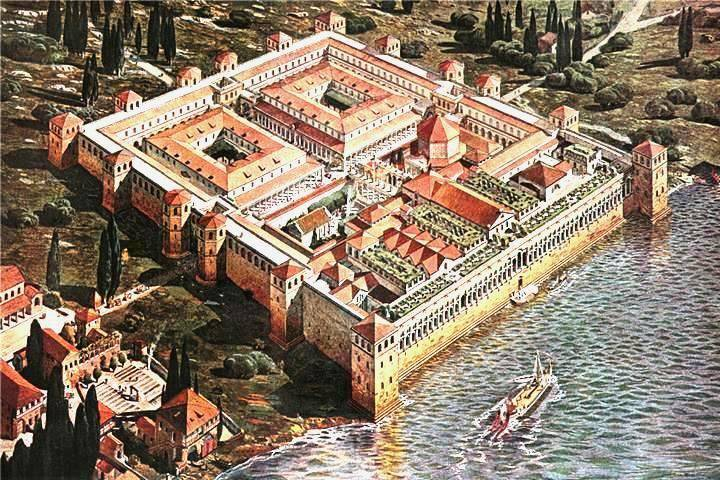
jeanclaudegolvin.com -
The Roman Empire at the time faced significant challenges from the Sassanid Empire of Persia. It was the last Empire to exist before the Muslim conquest in the seventh century. The Persian Empire was the target of several wars by Roman rulers. In response to a conflict with Persia, Diocletian also took action. When Narseh became the Persian king in 294, he had to engage in combat with Persia. Before declaring war on the Roman Empire in the year 295, Narseh was friendly to the Romans. He first conquered western Armenia before moving on to conquer Galerius in Roman Mesopotamia.
Galerius was publicly chastised by Diocletian. Then Galerius got back at Narseh, defeating him twice. He eventually took control of Narseh's camp, treasure, harem, and wife. When Narseh got the news, he sent the Roman emperor a peace proposition. He wished to bring his wife and kids via the peace talks. Armenia was given back to the Romans as a consequence of the negotiations.
The five satrapies between the Tigris and Armenia came under Roman rule after that. These areas included the Tigris' passage through the Anti-Taurus mountain, the Bitlis pass, which provided the shortest access to Persian Armenia from the south, and the Tur Abdin plateau. With these lands, Rome would have a staging area to the north of Ctesiphon and be able to stall any further Persian advances into the area. In the year 300, Diocletian ordered the construction of a fortified route at the southern frontier, where the empire bordered the Arabs, to reinforce the defense of the east. Since traditional troops couldn't function in the area, this road would continue to be used for generations but would prove unsuccessful at guarding the border.
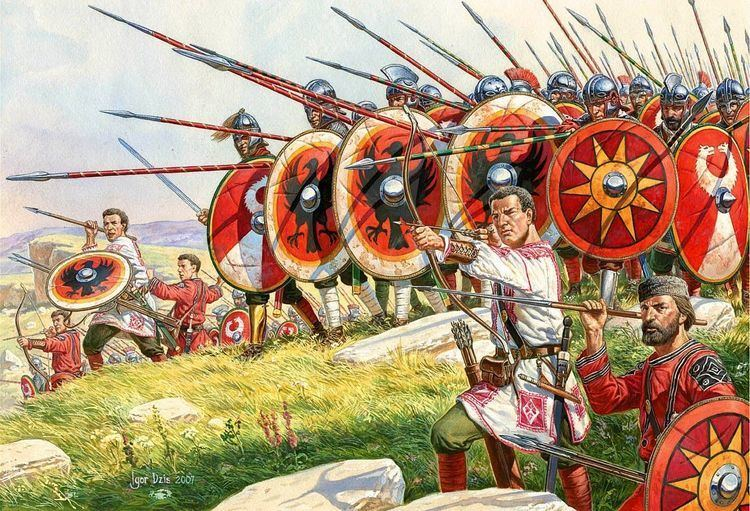
byzantium-blogger.blog 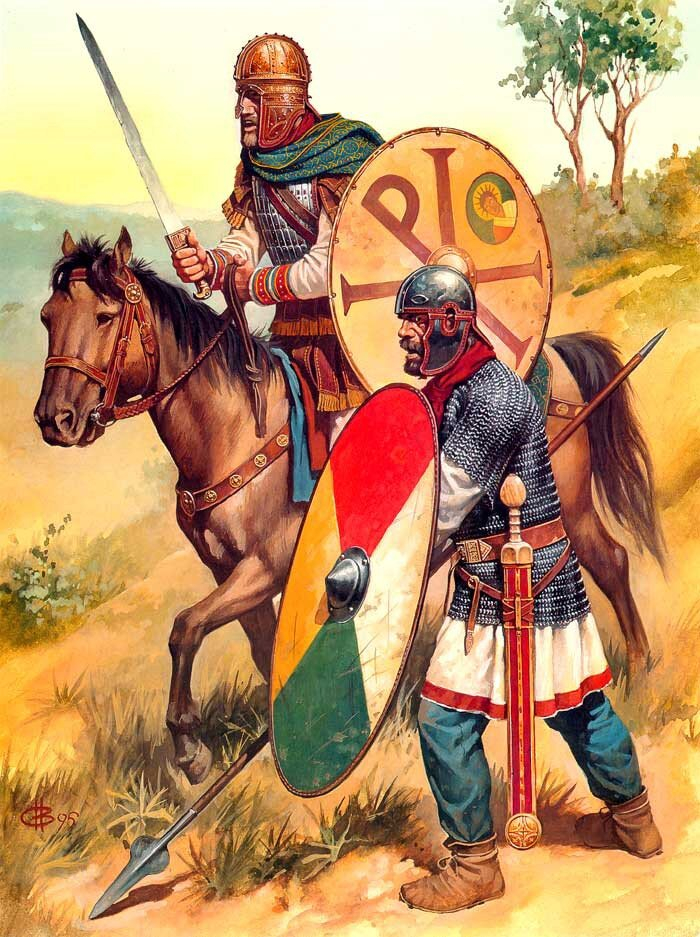
byzantium-blogger.blog -
Roman emperors always gave careful thought to the finances of their empires. To bolster national security and for the battle, they significantly support the military. Diocletian also required more money to finance the restructuring of the provinces and the expansion of his military might, that is one of the interesting facts about Diocletian. To raise money, Diocletian strove to make the currency better by using higher-quality coins. However, the experiment with the coinage led to a decrease in the amount of metal. He had to issue an "Edict on Maximum Prices" when the intrinsic value of these coins decreased.
On the other hand, the state was experiencing inflation, and Diocletian's order enabled the state to pay off old obligations.
Diocletian ordered officials to conduct a new census to count the population of the Empire to help the Empire's financial situation. The purpose of the census was to ascertain the amount of land ownership and the potential yield of that property. To stop inflation and raise money for the Empire, Diocletian issued the "Edict on Maximum Prices" in 301 AD. Through this edict, he raised taxes and changed the way they were collected. Those with a family business were obligated to maintain operations whether they were profitable or not.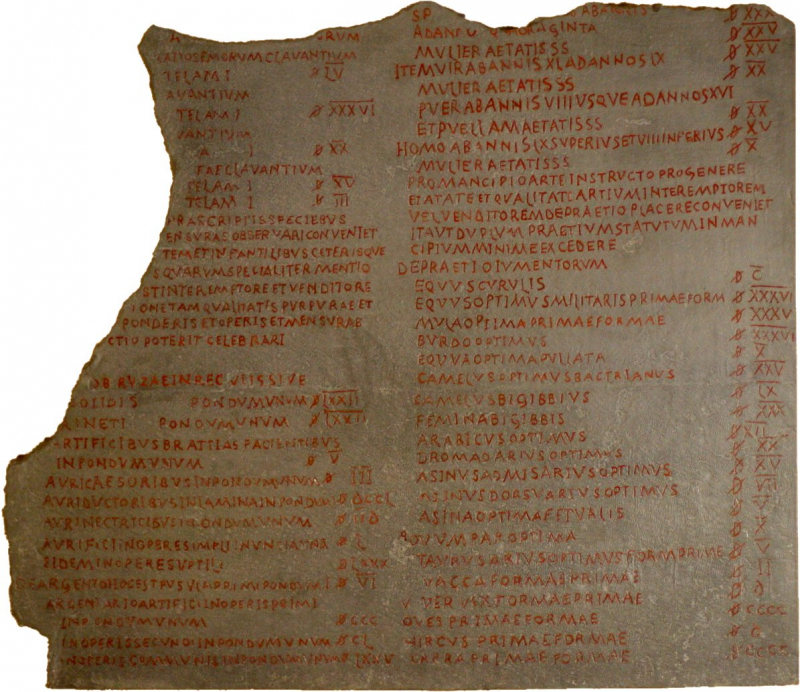
Piece of the edict -- en.wikipedia.org 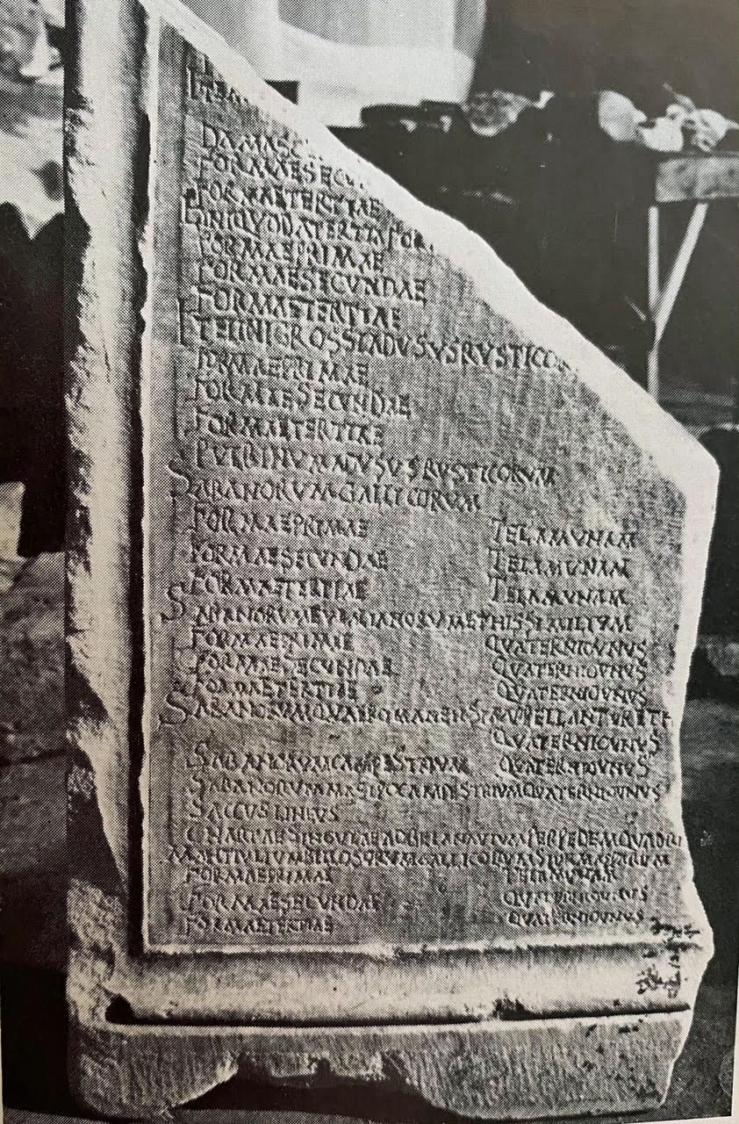
mbird.com -
Maximian, who shared control of the empire with Diocletian, was a co-emperor. Diocletian, however, always saw himself as superior. This mindset made him unconcerned about charging Roman a high tax.He invested tax payer funds on the Roman Empire's military and infrastructure. Diocletian increased the imperial tax in 297, which made it simpler for the emperor to obtain money for government spending. The money obtained was utilized to build the Diocletian Baths. For Diocletian at the time, it was one of his major undertakings.
Between 298 and 306 A.D., the Diocletian Baths were built. The largest Roman baths of its sort ever built existed today in ancient Rome. The structure, which covered 13 hectares (32 acres), could house 3,000 people at once. The old entertainment complex's façade later underwent renovation. An integrated version of this historic building is the Santa Maria Degli Angeli e dei Martiri church, built in the sixteenth century. This 16th-century church was created by Michelangelo.
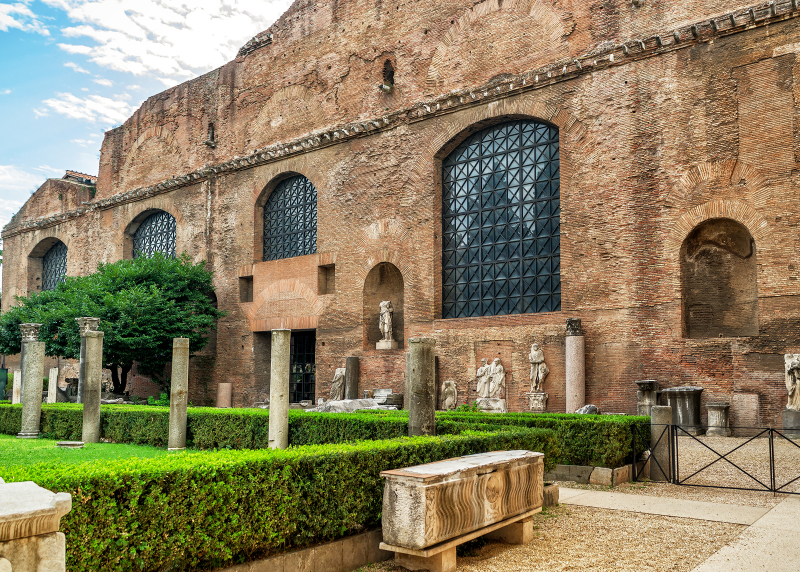
colosseumrometickets.com 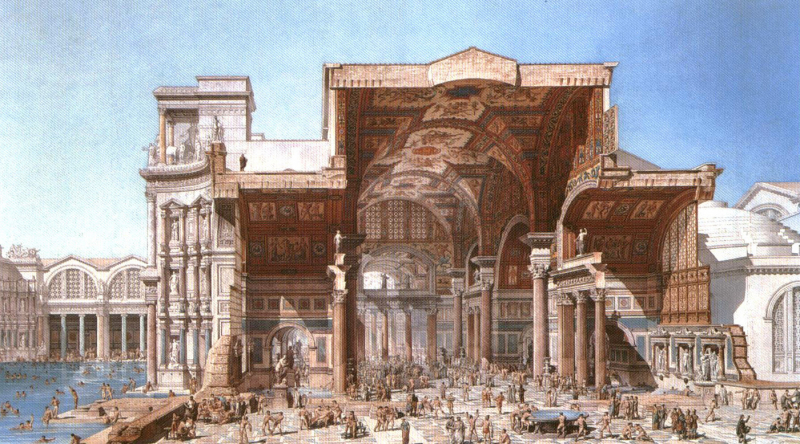
colosseumrometickets.com -
Diocletian desired stability and the total establishment of the ancient Roman deities. He desired that all Roman citizens adhere to the Pagan Religion, which he practiced. The Christians, however, would never consent to such. Diocletian, who thought of himself as the living God, could not stand the Christians' inflexibility. He wanted everyone to bow down before him and kiss the hem of his robe.
The "Diocletianic" or "Great Persecution," which Diocletian launched, restricted the rights of Christians. Either Christians had to submit to Roman religious customs or perish. In 303 A.D., Diocletian gave the command to his soldiers to burn down all churches and Christian literature. Between 303 and 312, this brutal persecution came to an end. Diocletian's attempt to exterminate Christians was so unsuccessful. Many Roman emperors attempted to put an end to Christianity, including Nero. But after 324 A.D., it became the religion of choice.
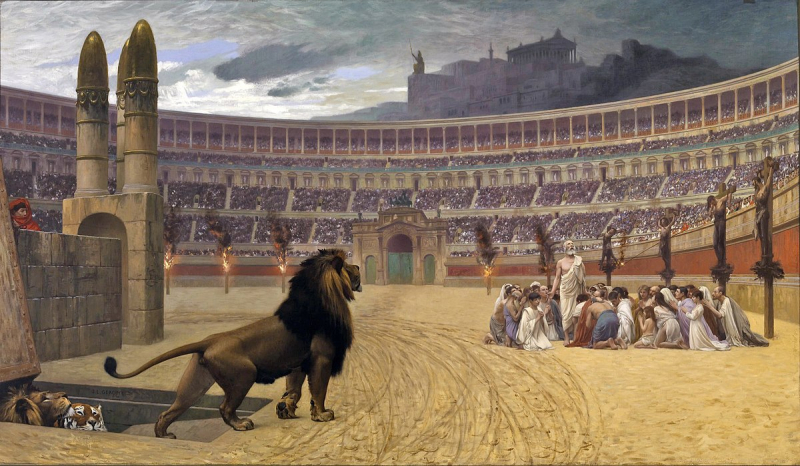
A picture of persecution under Diocletian -- en.wikipedia.org 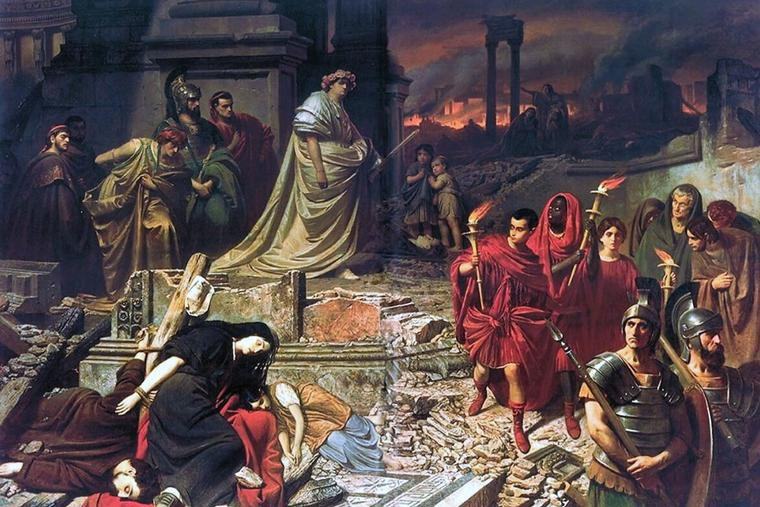
en.wikipedia.org -
One of the most interesting facts about Diocletian is that he willingly abdicated as Roman Emperor on May 1, 305, as a result of ongoing health issues. To ensure that he could spend his final days in the Palace of Diocletian in Split, he had previously made preparations for this eventuality. For the first time in history, a Roman Emperor deliberately resigned from the highest office to spend his retirement gardening in the gardens of the palace. After choosing 305 AD, he started living a retired life in his enormous palace-fortress in Spalatum. He would spend most of his time cultivating cabbages in the garden. This enormous walled compound had colonnaded avenues, a temple, and reception halls. It also included expanded gardens, baths, and a tomb. His palace's ruins are astonishingly well-preserved and can be found in Split's old district. Due to the city of Split being constructed around this historic palace, he is regarded as its "creator."
Maximian was encouraged by Diocletian to step down as co-emperor, which allowed Constantius and Galerius to take over as the new emperors. The Tetrarchy fell with his abdication, and the Roman Empire was once again in a state of perpetual upheaval until Constantine the Great began his reign over two decades later, in 324. However, the bureaucratic structure he established persisted and is perhaps his greatest legacy because it made sure that the Roman Empire functioned rather well for at least another 150 years.
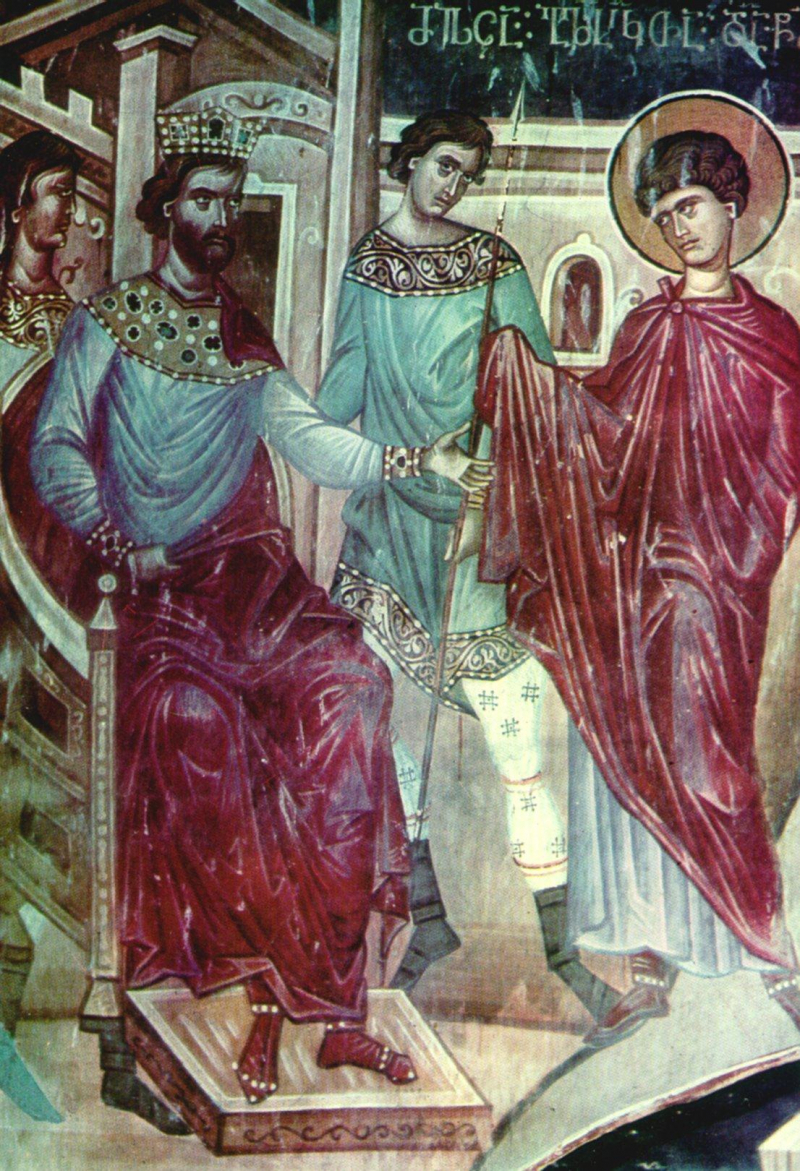
en.wikipedia.org 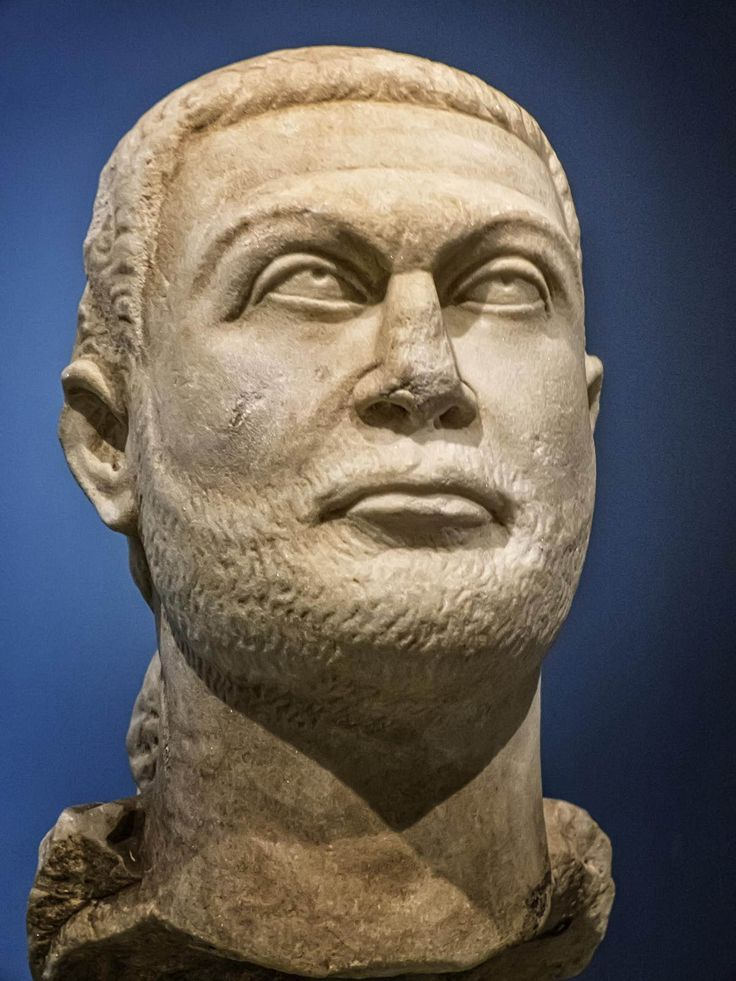
en.wikipedia.org -
Diocletian introduced several financial reforms in addition to his domestic ones. One of the interesting facts about Diocletian is that he restored the use of silver and gold coins and produced a new sort of everyday bronze coin. By the reign of Gallienus (AD 253-268), little any precious metal was left in Rome's silver currency due to years of steadily declining quality. The famed Emperor Aurelian had made an effort to restore the currency, but the citizens of Rome still lacked the superior silver coins that their forebears had received. This would alter Diocletian's reforms. Diocletian boosted the production of coinage, which may have made them worthless, but he also issued laws regulating salaries and establishing maximum prices for certain goods to fight this.
Besides, Diocletian issued a decree setting a cap on the price at which commodities might be sold, with harsh penalties for violators. He doubled the weight of the gold aureus and revalued the currency, producing a new silver coin called the Argenteus. The follis, a brand-new, large billon coin, was also introduced by Diocletian. These, however, were released in far too vast a quantity in comparison to the silver, which had an impact on the reforms and reduced their success. Those regulations were eventually repealed because there wasn't a means to enforce them.
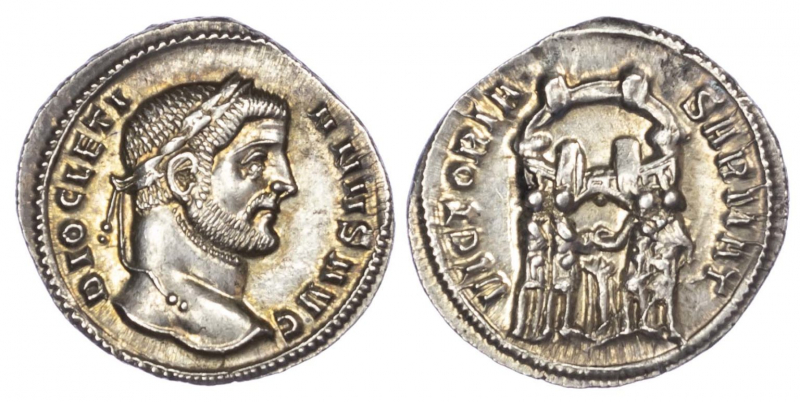
en.wikipedia.org 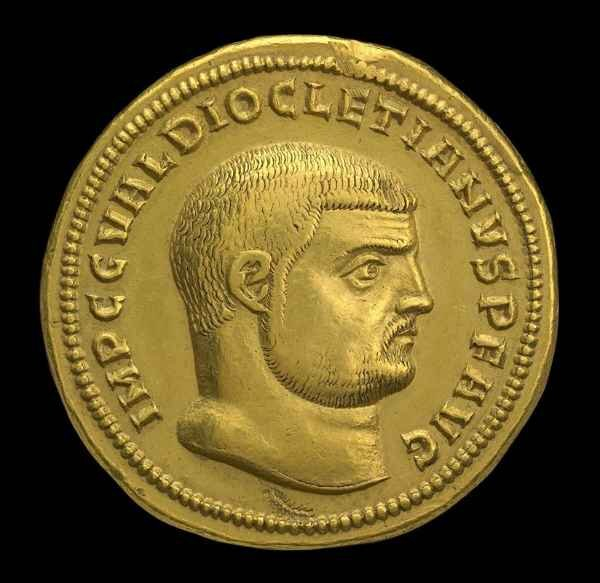
en.wikipedia.org -
During this time, gods, fortune tellers, and special humans were all commonplace in Greek and Roman myth. Diocletian thought he was one of these special individuals because a fortune teller had told him that he would reign on the day he killed a boar.
Numerian, the emperor and brother of Carinus, was found dead in 284, during that campaign, and his adoptive father, the praetorian prefect Aper, was charged with murder to take control. Diocletian announced his innocence of Numerian's murder when he made his first public appearance after being recognized as emperor by his soldiers and wearing imperial purple. When the acknowledged ruler of the Empire passed away, Diocletian accused a man by the name of Aper, which is Latin for "boar," of killing the late emperor. In truth, the former emperor had passed away from natural circumstances or had been struck by lightning, yet Aper felt guilty even though he was innocent. It was also true that he didn't want to keep waiting for the boar to arrive. However, with Aper's passing, Diocletian was freed of a potential rival and, in hindsight, his deed gained hallowed significance. Diocletian ascended to the throne after killing his boar.
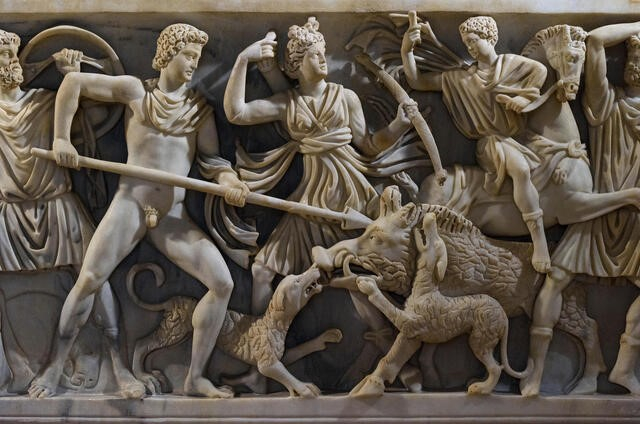
www.alamy.it 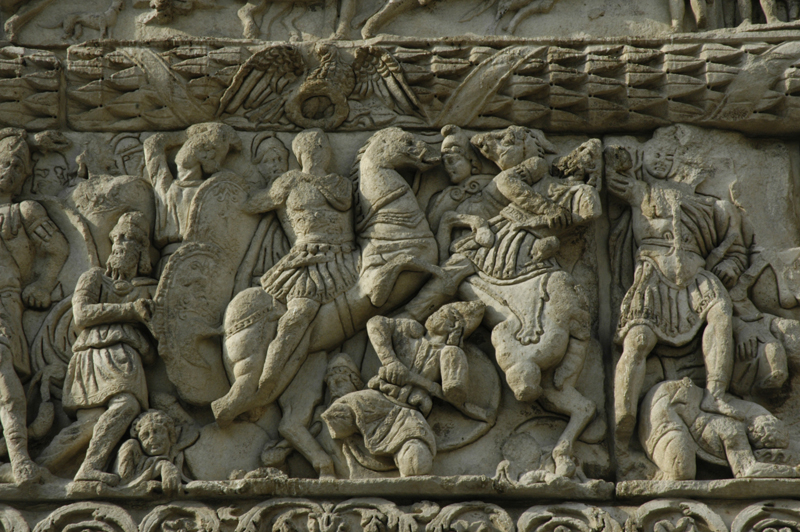
www.alamy.it


















